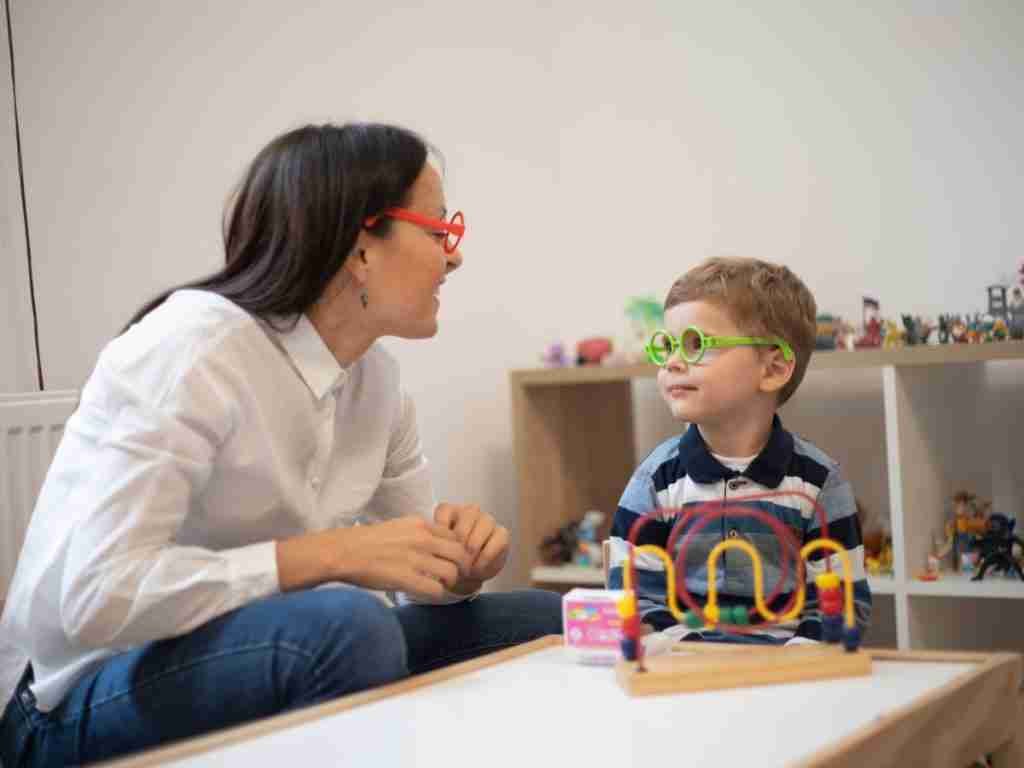Applied Behavioral Analysis (ABA)
Our Services
Applied Behavioral Analysis (ABA) Therapy
What is ABA Therapy?

Applied Behavior Analysis (ABA) is a therapy grounded in the science of learning and behavior. ABA helps us understand how behavior works, how it is influenced by the environment, and how learning occurs. Through ABA, therapists aim to increase helpful behaviors and decrease those that hinder learning.

It is commonly used in various settings like homes, schools, and communities. Positive reinforcement is a key strategy, where desired behaviors are rewarded to encourage repetition, leading to lasting behavior change. ABA also involves understanding the antecedents (what happens before a behavior) and consequences (what happens after) to shape positive behaviors effectively.

ABA Therapy Programs
Tailored for Success
ABA therapy is not a one-size-fits-all approach. Each program is tailored to meet the unique needs of the individual, with a focus on improving skills that promote independence and success. A board-certified behavior analyst (BCBA) leads the program, conducting detailed assessments to create specific treatment goals. These goals may cover areas such as communication, social skills, and self-care. Progress is continuously monitored through data collection, allowing the BCBA to adjust the plan as needed. The emphasis is always on positive reinforcement and creating enjoyable learning experiences, ensuring that the individual gains valuable skills for everyday life.
Meet the Team

Common Questions About ABA Therapy
What is the main goal of ABA therapy?
The main goal of ABA therapy is to improve socially significant behaviors in children with autism. This includes enhancing communication, social interaction, and daily living skills, as well as reducing behaviors that may be harmful or disruptive. ABA aims to help children achieve greater independence and a higher quality of life by teaching them skills that are valuable in their everyday lives.
How is an ABA therapy plan developed for a child?
An ABA therapy plan is developed through a comprehensive assessment of the child’s current abilities, challenges, and goals. A Board Certified Behavior Analyst (BCBA) conducts this assessment and creates a customized treatment plan that outlines specific objectives and strategies. The plan is regularly reviewed and adjusted based on the child’s progress and changing needs.
How long does ABA therapy take to show results?
The timeline for seeing results from ABA therapy varies depending on the child’s individual needs and the intensity of the therapy. Some children may show progress within a few months, while others may take longer. Consistency and early intervention are key factors in achieving the best outcomes. ABA is often a long-term therapy, with ongoing adjustments to the treatment plan as the child develops.
Is ABA therapy only for young children?
While ABA is particularly effective when started at a young age, it can be beneficial for individuals of all ages. The principles of ABA are applicable across different age groups, and therapy can be tailored to meet the developmental needs of older children, adolescents, and even adults with autism. The focus of therapy may shift depending on the age and specific goals of the individual.
What makes ABA different from other therapies for autism?
ABA therapy is distinct from other therapies because of its strong evidence base and its focus on data-driven, individualized interventions. ABA uses systematic observation and measurement to track progress and make informed decisions about treatment. Its emphasis on positive reinforcement, breaking down skills into manageable steps, and generalizing skills across different environments sets it apart from other therapeutic approaches.

